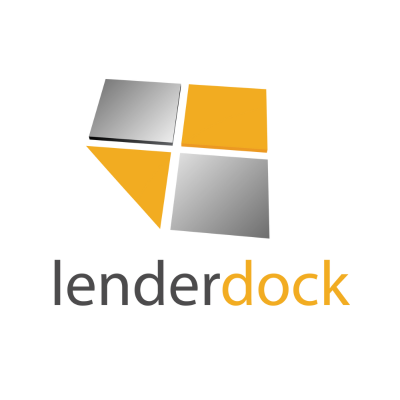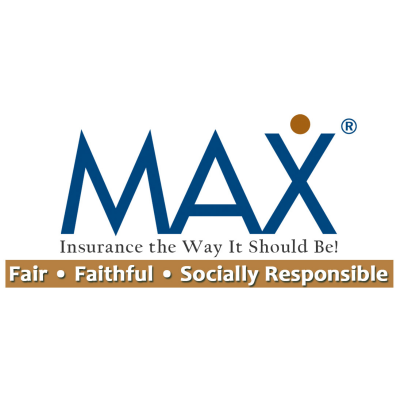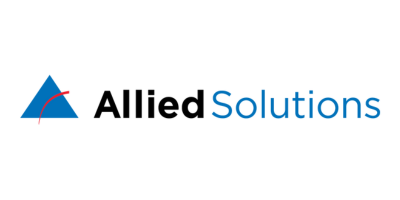Exploring the depths of insurtech
The insurance industry is notorious for its overwhelming
paperwork, complicated processes, and lack of customer involvement. However,
the industry is undergoing substantial changes thanks to insurtech, an
integration of insurance and technology. Insurtech companies are harnessing the
power of technology to challenge conventional insurance methods and are
introducing innovative solutions, better customer experiences, and enhanced
operational effectiveness.
This article will examine how insurtech is changing the insurance industry, specifically in how insurance products are bought, sold, and managed. Insurtech achieves this through the use of digital distribution, tailored plans, data analytics, and automated claims processing, all of which are transforming the traditional insurance process.
The ascendancy of insurtech
Insurtech encompasses the fusion of cutting-edge technology and digital innovations within the insurance industry. It encompasses a wide range of technologies, including artificial intelligence (AI), machine learning, blockchain, and the Internet of Things (IoT). Insurtech companies leverage these advanced technologies to accelerate insurance procedures, elevate user interactions, and establish streamlined operational frameworks.
Enhancing customer interaction and digital delivery
The emergence of insurtech has revolutionized the
distribution of insurance products. Rather than relying solely on brokers and
agents, digital platforms have taken center stage, augmenting or even replacing
these conventional channels. In the world of insurtech, visionary entrepreneurs
are harnessing the power of online platforms and mobile applications, offering
customers effortless and convenient access to a wide range of insurance
products.
Insurtech companies are revolutionizing the insurance industry by providing customers with cutting-edge tools that facilitate easy quote comparisons and personalized policy recommendations. These advancements empower individuals to make well-informed decisions when selecting insurance options. Furthermore, insurtech firms leverage the power of social media and digital marketing strategies to directly engage with clients, fostering stronger relationships and ultimately enhancing customer satisfaction.
Tailored policies and individualized risk evaluation
Insurtech firms leverage cutting-edge analytics and
AI-driven algorithms to provide customized insurance plans. By collecting data
from a range of sources, including IoT devices, social media platforms, and
telematics, these companies evaluate risks and create policies that align
precisely with the specific needs of each customer.
Usage-based insurance (UBI) offers a method for determining insurance premiums by leveraging connected devices to assess individual driving habits. By analyzing data collected from these devices, UBI accurately gauges driving behavior, allowing for the calculation of suitable premiums. This innovative approach not only incentivizes responsible driving practices but also guarantees that policyholders are charged solely for the coverage they require, resulting in a customized and gratifying customer journey.
Data-driven underwriting and analytics
Insurtech firms leverage the power of data analytics and
artificial intelligence (AI) to streamline the underwriting process. Through
sophisticated algorithms, these companies can examine massive volumes of data,
leading to improved risk evaluation and pricing models. As a result, insurtech
startups can deliver rapid underwriting decisions and more competitive rates.
Furthermore, data analytics can play a crucial role in identifying patterns, uncovering fraudulent activities, and optimizing the processing of insurance claims. By embracing data analytics, insurtech companies can elevate their decision-making procedures and provide exceptional services to their clientele.
Enhancing customer experience through automated claims processing
Insurtech firms are leveraging AI, machine learning, and chatbot technologies to streamline the processing of insurance claims. By employing these advanced tools, they can expedite claims settlements, minimize the risk of human mistakes, and enhance accuracy. These systems have the ability to analyze claim data, assess damages, and determine compensation without relying on manual intervention. Additionally, companies are incorporating chatbots and virtual assistants to deliver prompt customer service, offer information, and guide users through the claims submission process. This automated approach to claims processing greatly improves client satisfaction and overall experience.
Synergistic alliances and cooperative endeavors
Insurtech firms are collaborating with traditional insurance
companies to foster industry innovation. Recognizing the need to remain
competitive, well-established insurers are embracing technology by forging
partnerships with insurtech companies. These alliances enable insurers to leverage
the expertise, adaptability, and customer-centric approach of their insurtech
counterparts.
Such collaborations prove beneficial for both traditional insurers and insurtech startups. Traditional insurance companies can harness digital operations and introduce novel services to a broader customer base. Meanwhile, insurtech startups can capitalize on established insurers’ industry knowledge, resources, and distribution networks.
Exploring regulatory factors and challenges
The insurtech sector encounters regulatory obstacles and
deliberations because of prevailing insurance regulations formulated to
safeguard consumers and uphold equitable industry practices. Nevertheless,
these regulations were established prior to the advent of insurtech and may not
sufficiently tackle the distinct attributes of digital insurance platforms.
To address this, regulatory bodies must establish comprehensive frameworks that strike a balance between fostering innovation and ensuring consumer protection, while concurrently adapting to the evolving landscape. Furthermore, insurtech enterprises must prioritize data privacy and security within the insurance market by adhering to legislative requirements and implementing robust security measures. These endeavors are vital to uphold consumer trust and safeguard their sensitive information.
Balancing profitability and risk management with a customer-centric approach
While insurtech has the potential to bring about
transformation, it’s crucial to assess whether it truly puts customers first.
While customers stand to gain from this technology, its implementation is often
driven by the strategic goals and profitability of insurance companies.
Insurance companies are leveraging insurtech to enhance
their profitability and risk management strategies, even though they may
present themselves as customer centric. Through the utilization of digital
platforms and data analysis, insurers can more precisely assess risks,
competitively price policies, and refine their underwriting procedures. While
this can lead to improved operational efficiency and decreased losses, concerns
arise regarding whether customer interests are prioritized or if insurers
primarily aim to maximize profits.
It is crucial for customers to exercise caution and demand transparent communication, comprehensive information, fair treatment, and personalized engagement in their insurance dealings. Achieving a genuinely customer-focused insurtech industry necessitates striking a balance between the convenience offered by technology and the value of human interactions.
Protecting customer data and ensuring ownership rights
Utilizing customer data plays a crucial role in enabling
insurtech companies to offer tailored policies and assess risks accurately.
However, the acquisition of this data gives rise to privacy apprehensions since
insurance companies accumulate significant amounts of personal details,
including health records, driving habits, and lifestyle choices.
While leveraging data-driven insights can result in personalized coverage and potentially lower premiums, it also raises concerns about the ownership and control of customer data. It is essential for individuals to be vigilant about how their sensitive information is utilized, shared, and potentially exploited by insurance companies, as it could be employed for targeted marketing purposes or policy adjustments that primarily benefit the companies financially.
The impact of automation on human interaction: Finding the balance
Insurance procedures have now become more digital and
automated, which can make the process faster and more convenient. However, this
may lead to less direct interaction with human agents. Insurtech relies heavily
on automated services like chatbots and claims processing, which reduces the
need for human involvement.
While automation can make transactions faster, it can also result in impersonal experiences for customers. This means they may not have the ability to navigate complicated situations with empathy and understanding. For insurance companies to prioritize customer satisfaction, they need to find a balance between automation and human interaction. This will help policyholders feel supported and cared for during every step of their insurance journey.
Addressing exclusionary practices and prejudice in algorithmic decision-making
Algorithms and predictive models are important in Insurtech
for assessing risk and determining premiums. However, it’s important to
consider the potential for unintentional biases and discrimination that can
occur in these algorithms. Insurers may inadvertently perpetuate societal
prejudices or exclude certain groups based on algorithmic decisions.
It is important for insurtech companies to carefully monitor their algorithms to ensure that they are fair. Biases in algorithms can have a negative impact on the availability and cost of insurance products, which may unfairly disadvantage marginalized groups. Therefore, it is essential to avoid perpetuating any discriminatory practices.
Embracing transparency and regulation: A vital necessity
To give customers the best service in the insurtech industry, it’s important to be transparent and follow regulations. This means giving clear explanations about how data is used, privacy policies, any choices made by algorithms and potential conflicts of interest. These details help customers make informed decisions. Regulatory groups should make rules and systems that manage insurtech operations to protect customers and enforce ethical practices.
Final thoughts
Insurtech is revolutionizing the insurance industry by
leveraging digital technology to enhance customer experiences. The use of
digital distribution channels, data analytics, claims automation, personalized
insurance, and better collaboration between traditional insurers and startups
are among the new features introduced by insurtech.
Insurtech companies are encountering regulatory obstacles,
they are spearheading transformative advancements in insurance procurement,
sales, and administration. As technology advances and consumers demand more
from the sector, the impact of insurtech will only increase, leading to a
customer-centric insurance ecosystem that operates with enhanced efficiency.











